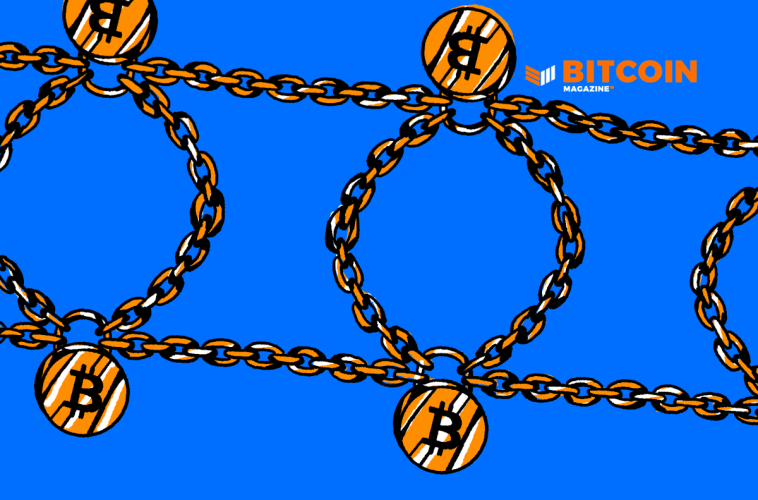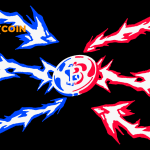This is an opinion editorial by Bitcoms, a Bitcoin writer.
“So quick bright things come to confusion”
–William Shakespeare, “A Midsummer Night’s Dream”
“Inscriptions” are a way of writing pieces of arbitrary information onto the Bitcoin blockchain. “Ordinals” are a convention used for tracking individual sats and linking them to inscriptions. This article does not attempt to argue for or against Bitcoin Ordinal inscriptions. Rather, it argues against the confusing, inaccurate and sometimes dubious ways they can be presented, marketed and sold.
It deals with a widespread fallacy which insinuates that ownership of Ordinal inscriptions is enforced and protected by the rules of the Bitcoin protocol itself (I maintain that it is not). And while this fallacy may be asserted duplicitously or innocently, it is always pernicious because it can make Ordinal inscriptions more attractive to prospective buyers.
Here is a typical example:
“Ordinals allow a variety of data, including text, images, and video to be inscribed on a single Satoshi (the smallest denomination of a Bitcoin) and permanently stored on the Bitcoin blockchain.”
–Introduction documentation for Ordinals Market
This suggests that ownership of an inscription will be protected by the permanence and immutability of the Bitcoin timechain itself. But Bitcoin does not enforce ownership of inscriptions, because an inscription is not “inscribed on a single satoshi” on the blockchain at all.
As the “Ordinal Theory Handbook,” the guide to Ordinal theory compiled by its developers, points out:
“Satoshis live in outputs” while “inscription content is included in transaction witnesses.”
While both output data and witness data are stored on the Bitcoin blockchain following the SegWit upgrade, claiming that inscription data is inextricably linked to an “inscribed” satoshi creates a misleading notion that any such link is recognized by Bitcoin itself.
In reality, the link between an inscription and a specific satoshi is manufactured off chain by a purpose-built external indexer. This pulls data from the Bitcoin blockchain and presents it according to an elegant but ultimately centralized and arbitrary system of rules called “Ordinal theory.” These rules are entirely extraneous to the Bitcoin protocol itself, and have been described by their originator as akin to astrology.
Spread Of The Inscription Fallacy
But in my view, statements in many of the places where Ordinal inscriptions can be created, viewed, bought and sold, as well in media coverage, do not explain the role of the Ordinal indexer clearly enough. Thus, the idea that inscriptions are embedded “onto” or directly “into” satoshis, and that the inscription data and a corresponding sat are inextricably linked within the Bitcoin protocol without the need for an external indexer, has created a dangerous fallacy for potential investors.
Here are just a few examples of such statements:
“Ordinal Inscriptions, similar to NFTs, are digital assets inscribed on a satoshi, the lowest denomination of a Bitcoin.”
“…Ordinals are ‘inscribed’ onto a single satoshi… Inscribing is the process of putting a piece of data onto the blockchain, where it will remain forever accessible and unchangeable.”
“Each sat can be inscribed with data, such as JPGs, GIFs, PDFs and more, creating a Bitcoin Ordinal which is then held in a wallet.”
“What are Bitcoin Ordinals? Launched in Jan 2023, they allow the creation of NFTs on the Bitcoin blockchain by attaching data to individual satoshis using a process called inscription.”
“For the uninitiated, Ordinal Inscriptions, akin to NFTs, are digital assets inscribed on satoshis (the smallest currency unit of bitcoin).”
“Ordinals inscribe a serial number onto a satoshi, the smallest currency unit of bitcoin.”
“Ordinals are inscribed directly onto individual Satoshi’s, which are then included in blocks on the Bitcoin blockchain.”
“…bitcoin network upgrades … enabled each satoshi … to store a few megabytes of data, from text and images to audio and video.”
“Token functions … are all achieved by inscribing data into satoshis, the smallest divisible unit of a bitcoin.”
As stated at the outset, this article does not seek to show that Ordinal inscriptions are good or bad. It simply spotlights the misleading, sometimes sloppy, and perhaps at times scammy, ways they are being presented, which wrongly implies that Bitcoin itself will enforce inscription ownership without the use of an external tool.
So, what can be done to make sure potential buyers of Ordinal inscriptions do not fall victim to this fallacy? We can keep clearing up confusion by pointing it out.
This is a guest post by Bitcoms. Opinions expressed are entirely their own and do not necessarily reflect those of BTC Inc or Bitcoin Magazine.





